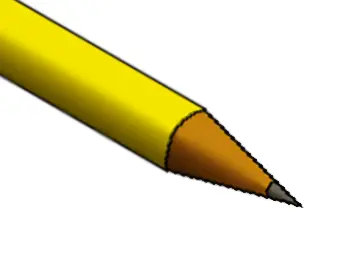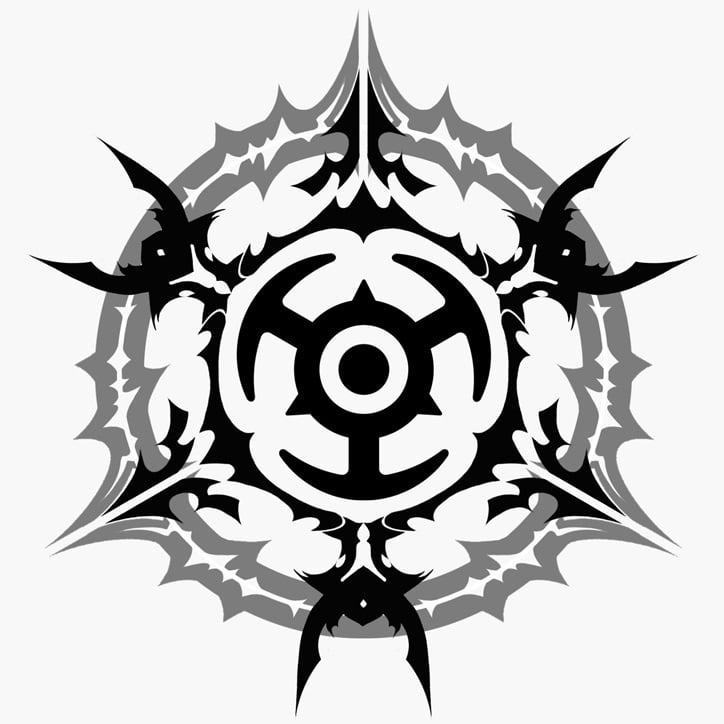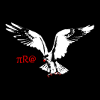You laugh but if you ever take a college physics class you’ll appreciate having the idea of being overly careful of your units drilled into you.
This many times over.
I can’t count how many times unit awareness has saved me when troubleshooting equations.
Think of what your result is measured in and what you actually receive and you’ll never miss that square again.
Or anything else really
It’s hell to try to understand something someone gave you if they don’t label things properly. It’s like “I can see there is a number here, but what the fuck does the number mean”
In another thread I was laughing about how U.S. utilities charge for electricity by the kilowatt hour, but charge for piped natural gas by the “therm,” which is 100,000 BTUs. BTUs are the energy required to raise 1 pound of water by 1 degree Fahrenheit, like a shitty imperial calorie.
Confusingly, most gas appliances are marketed as being a certain number of BTUs per hour, but people often omit the implied “per hour” when talking about them, and will talk of their 12,000 BTU stove burner or 30,000 BTU water heater.
Talking through residential energy use without having a solid command of what unit means what would be confusing.
And then you start using Gauß and natural units and are completely confused.
Factor label conversions. They get really complicated in chemistry as well.
State your units.
That teacher sucks.

Considering this kid didn’t learn which side of the number the dollar sign goes on, maybe they shouldn’t be making fun and should pay more attention.
You’re of course correct in English, I just wanted to share that the currency sign goes after the value in many other languages, so it’s an easy mistake for ESL people to make.
Don’t some English speaking countries put their dollar sign after? I thought at least one of CAD or AUD did
ETA: I dunno why but this comment is bringing me a lot of joy. I have been corrected by three people now without a single downvote. I asked an honest question, and got honest answers with no backlash. Imagine seeing this question on Reddit
We most certainly don’t in Australia
That’s true, it just looks that way because it is upside down.
People in english speaking parts of of Canada place the dollar sign before, but people in Quebec put it after, at least when they write in French.
Cad not in the English parts of the country. Not Aud
This is true for all currencies in my language except for $, €, and £ which goes in front. Maybe ¥ as well but that is rarely seen in text so I don’t know. As for rupies 🤷
Be the change you wanna make.
You laugh, but “Professional” news organizations routinely fuck up kilowatts and kilowatt-hours when they talk about electric power.
We should replace kWh with Joules as harm reduction
Bananas
A dollar bill is approximately 0.876 bananas long, and 0.372 bananas wide, and has a surface area of about 0.326 square bananas.
So, $95 is about 30.96 square bananas. Might as well round up to 31 square bananas.
Feel free to check the math yourself:
Edit: In terms of banana market value, that is always fluctuating, but if a banana is duct taped to a wall, $95 is still not going to get you even one banana.
What are we describing when saying a square banana?
In good faith I understand this as: the square of it’s length.
But I prefer to interpret it as, a banana squashed until it is 1atom thin and shaped in a square (which to my imagination, is an enormous square)
Yes, I’m going by the square of its length. Though I like your way of thinking 🍌
Does the banana for scale have a source for its measurement? I can see 1 banana is 17.8cm.
Presumably that’s an average?It’s the ISO banana, that’s kept in a freezer in Switzerland and only taken out once every year to adjust other bananas.
Yes, I assume that’s the average value they chose. Since they made the calculator, I consider that the go-to standard measurement.
On a side note, I did some additional research last night, and the average banana weighs between 100 and 120 grams, so 110 grams sounds good enough to me.
It’s one square banana Michael, what could it measure? 10 dollar bills?
fucking Christ I hated word problems when I was going to school. This post brought back a lot of bad memories from when I was going to school
Units are important. The teacher is right.
380 quarters




